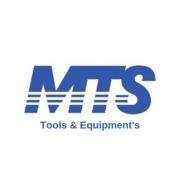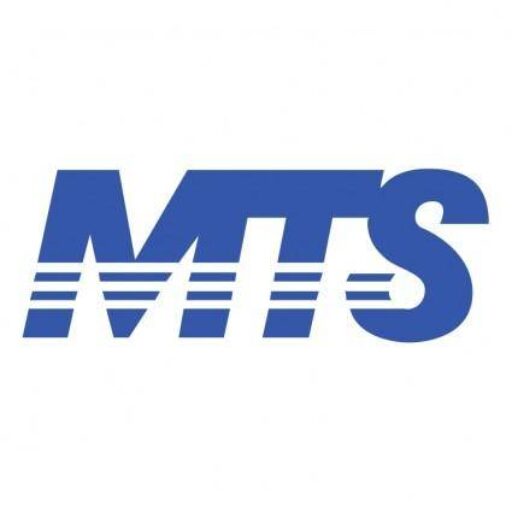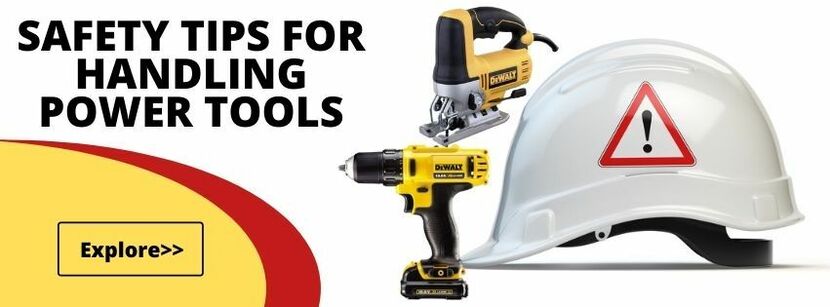Hand Tools, lifting operations, Power Tools
Safe handling of tools
Safe Handling Of Tools
Workers should be trained on safe procedures for working with tools. However, safe practices when carrying or storing those tools may not be thoroughly covered. Tools can pose a safety risk when they are misplaced or improperly handled by workers. The National Safety Council offers the following tips for safe handling of tools when they are not in use:
- Workers should never carry tools up or down a ladder in a way that inhibits grip. Ideally, tools should be hoisted up and down using a bucket or strong bag, rather than being carried by the worker.
- Tools should always be carefully handed from one employee to another – never tossed. Pointed tools should be passed either in their carrier or with the handles toward the receiver.
- Workers carrying large tools or equipment on their shoulders should pay close attention to clearances when turning and maneuvering around the workplace.
- Pointed tools such as chisels and screwdrivers should never be carried in a worker’s pocket. Acceptable ways to carry them include in a toolbox, pointed down in a tool belt or pocket tool pouch, or in the hand with the tip always held away from the body.
- Tools should always be put away when not in use. Leaving tools lying around on an elevated structure such as a scaffold poses a significant risk to workers below. This risk increases in areas with heavy vibration.
Basic Safety Rules for Hand Tools
- ALWAYS WEAR EYE PROTECTION.
- Wear the RIGHT SAFETY EQUIPMENT for the job.
- Use tools that are the RIGHT SIZE & RIGHT TYPE for your job.
- Follow the correct procedure for using EVERY tool.
- Keep your cutting tools SHARP and in good condition.
- DON’T work with OILY or GREASY hands.
- Handle SHARP-EDGED and POINTED TOOLS with care.
- Always carry pointed tools by your side with the points and heavy ends DOWN.
- SECURE all small work & short work with a vise or clamp.
- NEVER carry tools in your pockets.
- DON’T use tools which are LOOSE or CRACKED.
- KEEP your punches & chisels in good condition. Mushroomed heads can chip & cause injuries.
- DON’T use a file without a HANDLE.
- DON’T pry or hammer with a FILE. It may shatter.
- DON’T use screwdrivers as chisels or pry bars.
- DON’T try to increase your leverage by using a “cheater” with a wrench. Wrenches are designed at the right strength for their size and length.
- AFTER USING A TOOL — clean it and return it to its proper storage place.
- If anything breaks or malfunctions — report it to your supervisor AT ONCE.
- Use the RIGHT TYPE of tool for the job.
- NEVER place tools and materials where they hang on the edge of a bench.
- Don’t use tools for things they weren’t meant for.
- Store tools and materials vertically, with the points and heavy end down.
- Cut away from yourself when you use chisels and other edged tools.
- DON’T FORCE screws; make sure that the correct screw for the job is being used.
What should I avoid when using hand tools?
- Do not use tools for jobs they are not intended to do. For example, do not use a slot screw driver as a chisel, pry bar, wedge or punch, or wrenches as hammers.
- Do not apply excessive force or pressure on tools.
- Do not cut towards yourself when using cutting tools.
- Do not hold the stock in the palm of your hand when using a cutting tool or a screwdriver. Always lay it on a workbench or in a vice.
- Do not wear bulky gloves to operate hand tools.
- Do not throw tools. Hand them, handle first, directly to other workers.
- Do not carry tools in a way that interferes with using both hands on a ladder, while climbing on a structure, or when doing any hazardous work. If working on a ladder or scaffold, tools should be raised and lowered using a bucket and hand line.
- Do not carry a sharp tool in your pocket.
- Do not use tools during electrical work unless they are designed for electrical work (e.g., properly insulated).
- Do not leave tools lying around on elevated structures such as a platform or scaffold as they may be bumped and fall.


